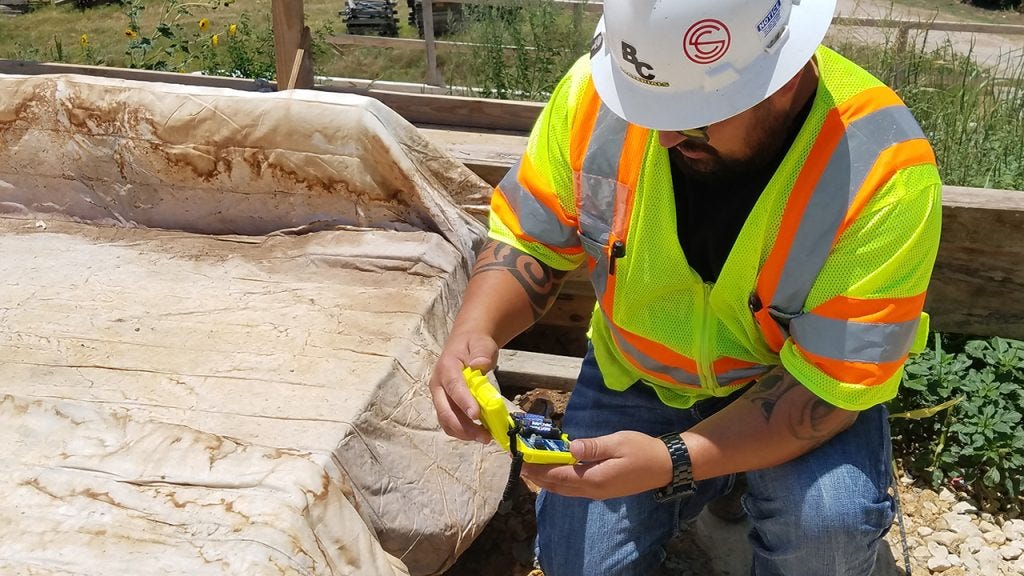Urban Technology at University of Michigan week -10
Isn’t it weird that we haven’t commented on the Biden infrastructure plan at length? Sure we’ve pondered 5g pylons, but no detailed analysis of potential investments in public transit, or all the roads and bridges to make that transit useful, or speculation about social facilities and how they make communities more livable and thriving. Yeah, I know, it’s weird, so let’s start. Kinda.
Hello! I’m Bryan Boyer, Director of the Urban Technology degree at University of Michigan. If you’re new here, try this 90 second video introduction. Have questions about any of this? Hit reply and let us know.
📀 Pass the Chips
There’s something interesting happening in the alignment between the infrastructure plan and the review of semiconductor supply chain issues that have been affecting car companies and others who use microcontrollers in their products. The New York Times recently highlighted one example that is particularly relevant for us:

The person above is measuring to make sure that concrete reaches maturity and will perform its job. The device in the picture costs about $150 and the company who makes it is having a hard time getting the silicon chips it needs. Note that it’s not Apple and Samsung who were the headline example in the NYT story, but a company you’re unlikely to have heard of before today. Car companies are feeling the squeeze too, with just about every major manufacturer making adjustments to their production schedules, but answer honestly: before reading about the shortage did you think the autos would be so dependent upon anonymous chips?
What the global behemoth General Motors and the more modest Command Center Concrete have in common is that they use chips manufactured on a 200mm wafer. The details of wafer size are not important but it’s important to know that 200mm is a little behind the times, using a slightly older generation of fabrication technology. Older means cheaper means the 200mm wafer is often used for basic components like the ones that you want to use in products on a construction site (subject to damage) or in a car (which needs workhorse chips to do things like manage fuel consumption). And if you’re asking why not just switch from 200mm to a more current standard like 300mm, it’s because refactoring a chip design to a different sized wafer is costly.
The digitization of construction sites, from concrete sensors, to laser levels, to painting robots, and a hundred other ways, means that building lots of infrastructure is going to put pressure on the country to resolve the chip shortage. In other words, if Biden’s infrastructure plan goes anywhere, his silicon supply chain will be riding shotgun—not just from a political standpoint but a pragmatic one. When that happens, we could see a flourishing of new technologies for the design, construction, and operations/monitoring of infrastructure that seek to take advantage of the building boom.

I wouldn’t mind if the next generation of infrastructure uses less concrete, for one, which would help reduce the carbon footprint of what’s built. Fewer culverts, more bioswales? Alternative building materials are a promising area of development, especially for a state like Michigan that A) loves roads B) has lots of roads in need of repair and C) knows how to build things. Could Michigan reimagine itself as the state of massive timber bridges, like the beautiful example above? Could the Wolverine State refurbish its recent rough relationship with water by becoming the place that invents the next generation of drinking water infrastructure?
The design of overpasses, Bus Rapid Transit stations, bike lanes, and so many other important things will be at stake if the Biden infrastructure plan moves forward, but so is the future of the architecture, engineering, and construction sector. For all the nostalgia toward WPA-era, if we build tomorrow’s infrastructure with the same plodding, heavy handed approach that worked for the country then, we will have missed an opportunity to not just modernize and harden the bridges, power plants, and rails that we rely on, but to also modernize the ways we build. This is one of the many things that I’m excited to think about while reading the plan more carefully.
Links
🤓 “Why Making Chips is So Hard” in deep dive video with a see also providing an even deeper dive on the extreme ultra violet lithography machines used to make chips
⛲️ In case you have any doubt that American infrastructure is in dire need of attention, read this.
📳 Connectivity is infrastructure. Joshua Edmonds, Director of Digital Inclusion at City of Detroit, and Cézanne Charles, cofounder of rootoftwo, in a recent podcast from Design Core Detroit.
💪 A community group in LA is hoping to buy a 41 acre mall and convert it into a hive of worker-owned coops, mixed-income housing, and green spaces. More like this, but for infrastructure!
This week: Starting to sketch studio spaces with Chris. Call with Gabriella and Jonathan. Drone chat. CV chat. Guest lectures/crits with Ellie and Anthony and then Mariana Amatullo at Parsons. Lots of emails and calls with admitted students. We’re getting there! 🏃♂️


